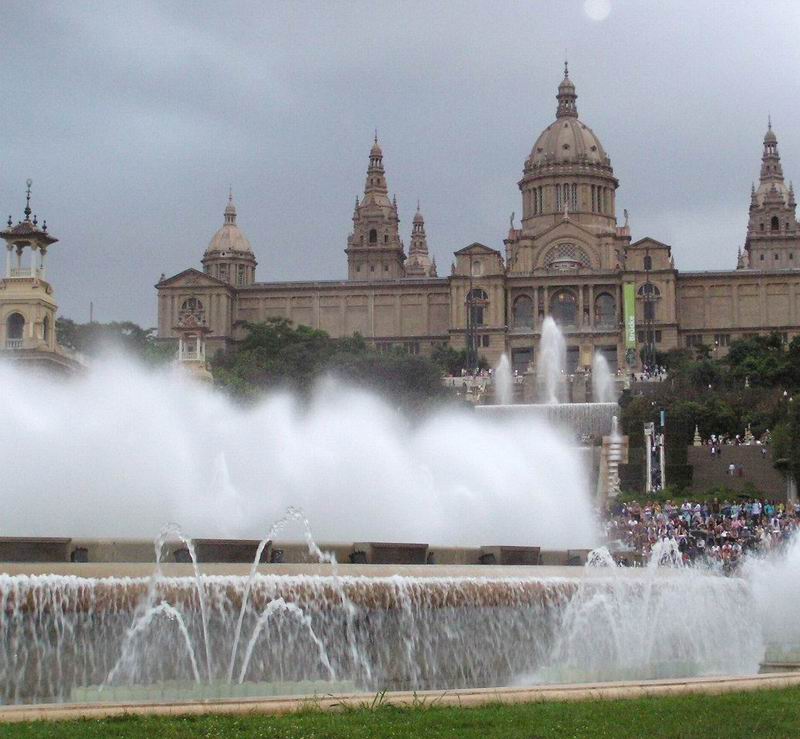
The Magic Fountain at Barcelona was constructed in 1929. While the fountain remains active, it repeatedly changes color and shape. The Magic fountain is also known as Font Màgica in Spanish. The fountain served as a part of the project that was constructed for the 1929 Universal Exhibition. The exhibition was held at Montjuïc, which is a hill at the southwest of the city center of Magic Fountain Barcelona.
Cascading Effect
The project was designed by Carles Buïgas i Sans, who was an engineer. The project comprised of cascades and fountains that lie between Palau Nacional, which is the primary exhibition center on Montjuïc. Plaça d’Espanya lies at the foot of the hill.
The project was completed in a year. The magic fountain was the most awesome component of the project. The project had the intention of showing people the achievements that were possible through filtered, electrical light.
Restoration Work

The fountain suffered from years of misuse. This led to an extremely bad condition. It was restored in time for the 1992 Olympics. The games were held on the very same hill.
Lights
The fountain gets activated every summer evening. It attracts scores of visitors. The light show lasts for 15 minutes. Water and music add to the effects. Palau National receives illumination at the same time. It sets the stage for a wonderful background. Every thirty minutes a new show begins. The time of the year determines the start date and end date. However, the best time to visit the fountain is during sunset.
In 1929 – the year it was built – the Magic fountain was the major tourist attraction of the World Fair and Universal Exposition. This exposition was held in the same year. It is among the most visited spots in Magic Fountain Barcelona. Nearly 2.5 million travelers visit this site per year.
The cascades and fountains resume at the Venetian towers of Plaza Espanya and Avinguda Maria Cristina. Palau Nacional is the national palace, which is home to the Museu Nacional d’Art de Catalunya, popularly abbreviated to MNAC.
Each show offers a spectacular display of light, water and music. Tourists need to value the water. Water needs to be cherished and preserved. The show is a form of the choreographic version of a musical piece entitled Moldava composed by Czech musician Bedrich Smetana. The composition was inspired by the true life of a river as it flows along its course.
The lamps that are used at the fountain are all white. They are placed within prisms that have five sides. This creates the sensational effect of varying colors and hues as they move around the lamps.
This phenomenal technique of lighting was designed by Carles Buïgas. The technique is still used today.